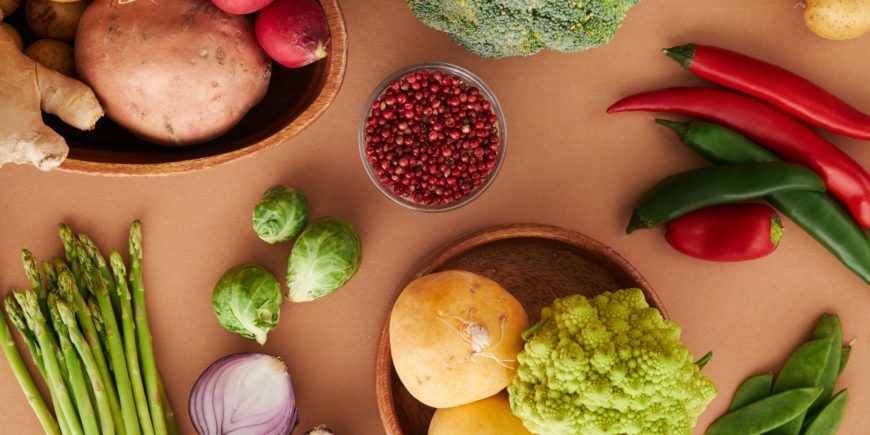The Glycemic Index (GI) is a valuable tool used to measure how quickly and significantly different carbohydrate-containing foods impact blood sugar levels. It is especially relevant for individuals with diabetes, those aiming to manage their weight, or people seeking to make informed dietary choices. This article aims to provide an overview of the glycemic index and offer a list of foods and their corresponding glycemic ratings.
What is the Glycemic Index (GI)?
The Glycemic Index is a numerical scale that assigns a value to carbohydrates based on their potential to raise blood glucose levels compared to a reference food, typically glucose or white bread. Foods with a higher GI are rapidly digested and absorbed, leading to a quick rise in blood sugar levels. Conversely, foods with a lower GI are digested and absorbed more slowly, resulting in a gradual and sustained release of glucose into the bloodstream.
Understanding Glycemic Ratings
The GI scale ranges from 0 to 100, with glucose being assigned a value of 100. Foods with a GI of 70 or higher are considered high GI, those with a GI between 56 and 69 are medium GI, and foods with a GI of 55 or less are classified as low GI. It’s important to note that the GI of a food can vary depending on factors such as ripeness, cooking methods, and processing.
List of Foods and Their Glycemic Ratings
Low GI Foods
- Legumes: Lentils (32), chickpeas (33), kidney beans (24), black beans (30), and soybeans (15).
- Non-Starchy Vegetables: Broccoli (10), cauliflower (15), spinach (15), bell peppers (15), and zucchini (15).
- Fruits: Cherries (22), apples (38), strawberries (40), grapefruit (25), and apricots (34).
- Whole Grains: Quinoa (53), barley (28), oats (55), brown rice (50), and bulgur (48).
- Dairy Products: Whole milk (27), plain yogurt (14), and Greek yogurt (11).
Medium GI Foods
- Whole Wheat Bread (69)
- Basmati Rice (58)
- Sweet Potatoes (63)
- Mangoes (56)
- Raisins (64)
High GI Foods
- White Bread (70-85)
- White Rice (73-89)
- Cornflakes (81)
- Watermelon (76)
- Dates (103)
Important Considerations:
- Glycemic Index vs. Glycemic Load: While the GI provides valuable information, it does not consider portion sizes. Glycemic Load (GL) takes into account both the GI and the portion size of a food, offering a more accurate representation of its impact on blood sugar levels.
- Individual Differences: The glycemic response to a food can vary among individuals due to factors such as genetics, gut microbiota, and overall health. It is essential to consider personal responses and consult healthcare professionals for personalized dietary recommendations.
- Balanced Eating: The glycemic index should not be the sole determinant of a healthy diet. It is crucial to focus on overall nutritional quality by incorporating a variety of nutrient-dense foods, including fruits, vegetables, whole grains, lean proteins, and healthy fats.
The Glycemic Index is a useful tool to understand the impact of different carbohydrates on blood sugar levels. By incorporating low and medium GI foods into meals and snacks, individuals can promote stable blood sugar levels, manage weight, and maintain overall health. However, it is essential to consider the glycemic index alongside portion sizes, individual responses, and overall dietary balance for optimal health and well-being. Consulting a healthcare professional or registered dietitian can provide personalized guidance tailored to individual needs and goals.
Alpha Expat can help you reach your fitness and nutrition goals with bespoke solutions. Reach out to us and get to ball rolling or click on the WhatsApp button in the lower right corner.



